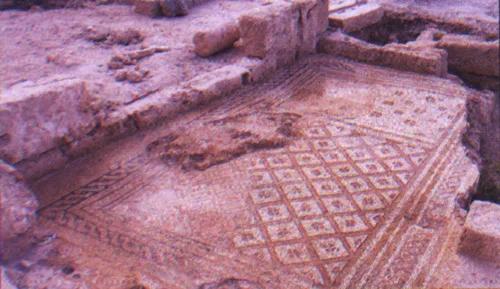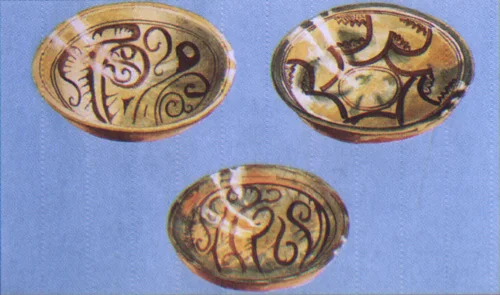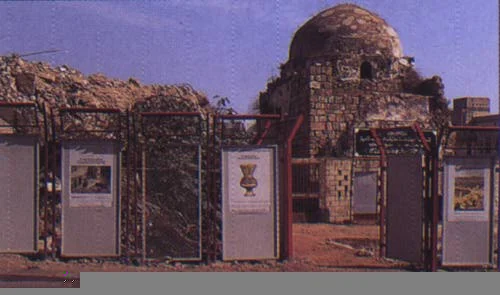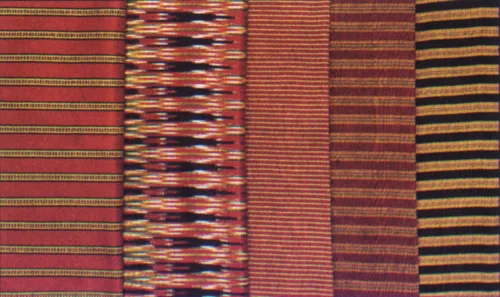Archaeological Excavations: Valuable Finds in Downtown Beirut
Where are the Downtown Beirut Archaeological Excavations Located?
In this blog post, we will be exploring two of those principal archaeological excavations that we explored and cited earlier in our previous article. We will discover as well, what was found inside each of them; We will refer to them in the current talk by the term "section."
Also, in the previous post of our discussion, we've located and specified the best theoretical site to be the Conservative Areas to preserve the multiple discoveries and finds that require a high standard of preservation techniques not yet employed in the country, as required by the experts present yet on the site of works.
And yet, we also had a glance at the historical monuments surrounding the selected site. So today it is time to have a closer look at the discoveries themselves that were found there. Those refer to several traces of various ancient civilizations that proceeded over the city, and by historical sorting from the oldest to the most recent:
The Phoenician, Hellenistic, Roman, Byzantine, Mamluk, and Ottoman.
Let’s also have a general view of the site (for those who haven't visited the place yet) by having a look at the below informative map, which shows a graphical presentation of the site and its neighboring zones, including other similar sites for preserving the finds.
 |
| Img.1- Map showing the location of the open archaeological sites (Image Source: www.beirutreport.com- 2016) |
Good to note that the other similar sites discovered and preserved in their own places are no less important than this one; but regarding the big significance of those excavations sites, even a few of them contain no signs or information detailing the discoveries to give the public a chance to appreciate them.
As you can see on the map (Img.1), we can define 3 other preservative archaeological sites similar to the one I chose (highlighted with a circle), but lesser in volume and surface. So, in this discussion today, we will be focusing on two of those smaller sites that contain a lot of precious and important archaeological discoveries.
SECTION 1-
Particularly, this is the Conservation Area on the site of the fortified medieval town and adjoining Ottoman Serail hill. Built in the 1890s as the seat of the Ottoman government and military hospital, the two buildings and the clock tower have already undergone a full restoration. Read more...
Solidére spearheaded the restoration efforts, emphasizing that heritage buildings can thrive and contribute value when they are modernized to meet current lifestyle and business demands. Furthermore, the Ottoman Hospital now houses the headquarters for the Council for Development and Reconstruction (CDR).
 |
| Img.2- Section 1: The Grand Serail, the official residence of the Lebanese Prime Minister - (Images Source: SOLIDERE Website) |
 |
| Img.3- The cascading landscape, or Section One, in which various and essential treasures from the past still reside as a witness of time (Images Source: SOLIDERE Website) |
A cascading open space landscaped with new and old trees preserves city memory by integrating a basin with several fountains and an existing wall framing an ancient frieze. (See the pictures above Img.1 and Img.2)
SECTION 2-
This section is all about the Riad El Solh place, shown in the top-right area of the given layout (Img.1). At the bottom of the street is the historic Amir Munzer mosque with a landscaped garden area. The street has distinctive architecture dating back to the fifties and sixties. Behind its western façade, the Roman Baths' aromatic garden forms part of an open space developed around the restored ancient baths. (Img.4)
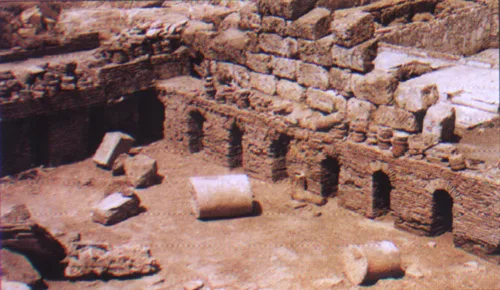 |
Img.4- The famous Roman Baths (Source: Brochure SOLIDERE, Paths of History) |
In addition to the above, we should not forget the fabulous Roman Baths, which were undergoing clearance and landscaping (they should be open by now to the public) From Roman times to the present, baths have served as important public and social meetings places (excavations of the Directorate General of Antiquities).
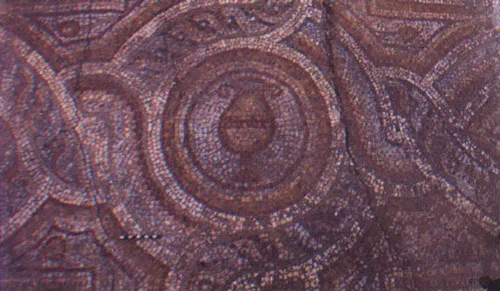 |
| (Fig.1) |
This area was known before as the "Souks" or "Assouak" in Arabic but in the newly developed Master Plan, it was stretched from Weygand Street to the sea, divided by the main thoroughfare of souk "Tawileh." Read more historical facts...
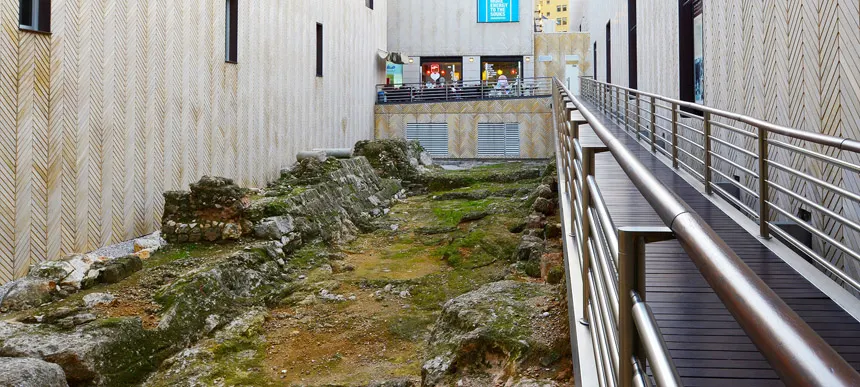 |
| Img.5- View of the preserved area from the walkways inside the souks, Photo: https://www.beirutsouks.com.lb/ |
Also, both the late Roman House (Domus) with the dining room, internal garden (peristyle) paced with mosaics, and an elaborate water and drainage system. Detail of the dining room mosaic floor covering. (Fig.1)
The Byzantine with a wide public portico (colonnaded street) paved with mosaic runs east-west along Weghand Street. Shops with mosaic floors opened onto the portico. (Fig.2) Restored Mamluk dishes in typical colors and patterns represent the wide variety of glazed and unglazed domestic wares in use at the time. Pottery Kilns were also found in the Souks area. (Fig.3)
Much evidence of glass manufacture has been found in the Beirut Central District (IFAPO excavations in Martyrs' Square) including glass debris for recycling by the glassmaker and perfumed oil and pharmacists' bottles from Roman to Ottoman times (AUB Souks excavations).
Beirut's Last Mamluk Monument!
Built in 1517 by the respected Islamic religious authority Muhamed Ibn 'Iraq al-Dimashqi, the building was initially an Islamic law school and continued as the Zawiya of Ibn 'Iraq until late Ottoman times It will be restored as part of the future Souks area. (Fig.4)
A deposit of 28 Persian period storage jars for cereals, olives, and olive oil was found during the Lebanese University excavations in the Souks area.
OTTOMAN SILK WORKSHOP
Discovered in the souks area in 1994 (AUB-British excavations). Surviving oriental materials and costumes of intricate design and rich colors enchant the eye and inspire craft production to this day (traditional ikat silks). (Fig.5)
| (Fig.5) |
To conclude this section concerning the Old Souks Area, it was a fascinating discovery right here in my own country; we can see (and the proof was just revealed) that various ages of civilizations were mixed in a minimal area.
Do you love History and want to help uncover the past? If so, then a career in archaeology might be right for you! Archaeologists use a variety of tools and techniques to excavate sites and uncover artifacts that can tell us about the people who lived in a certain area long ago.
If you're interested in becoming an archaeologist, there are a few things you need to know. First, you'll need to get a degree in archaeology or a related field. Then, you'll need to gain some experience by working on archaeological excavations. And finally, you'll need to be familiar with the different methods and techniques used in archaeology.
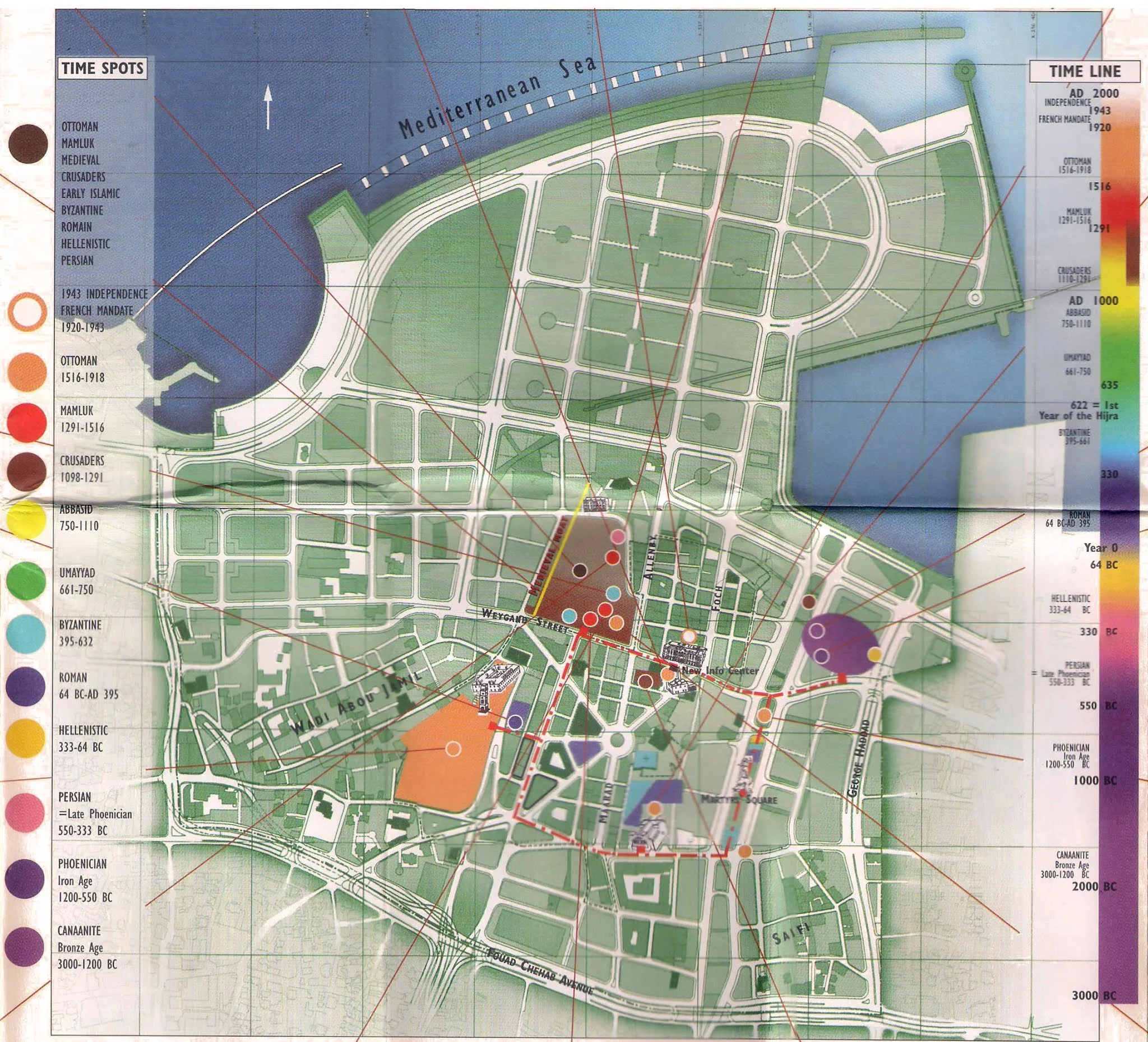 |
Indicative Master Plan showing different ages and locations of the discoveries, Source: Brochure SOLIDERE- Paths of History |
That's what makes Lebanon the eye candy for many archaeologists who find in our country a rich territory that hides a lot of treasures, many of which are still buried in the deep of our national land invaded before by intruders, in all periods and ages.
Disclaimer
Please note that this article is informative; the information stated below was collected at the beginning of the project execution and many of its components were modified, canceled, or outdated…The target of this post is to highlight this big project that took place in my city Beirut and still hasn't reached its end yet.
- Since its inauguration around t994, this project has kept attracting many people with fascination, and other critiques from others
- This study is divided into four parts; it is advised to read it in its sequel order to ensure an understanding of the ideas contained within the articles.
References and Images credited to:
- Solidere Brochure "The Paths of History" issued in collaboration with The Ministry of Culture and Higher Education, in addition to the General Directorate of Antiquities- 1995
.png)
